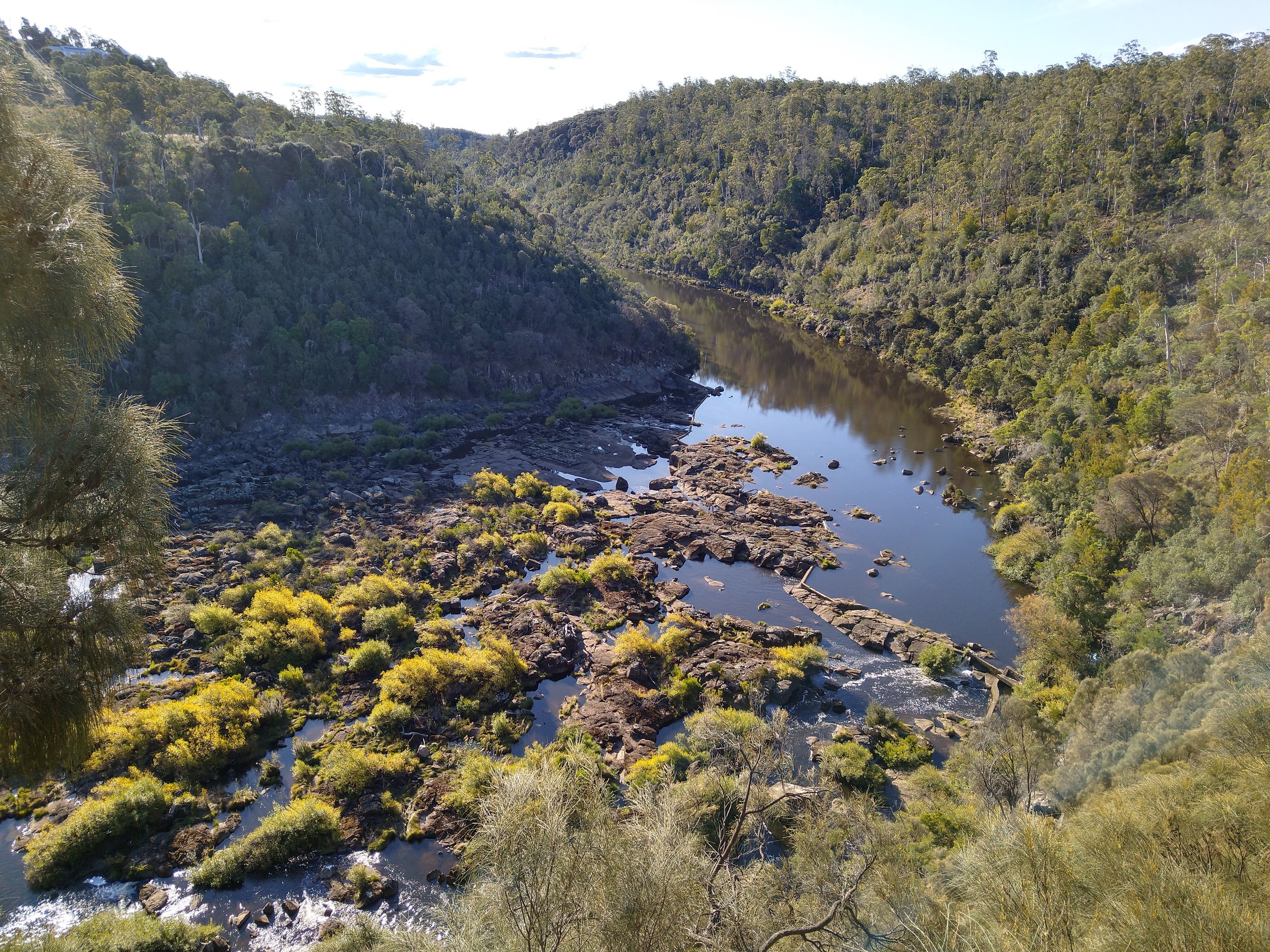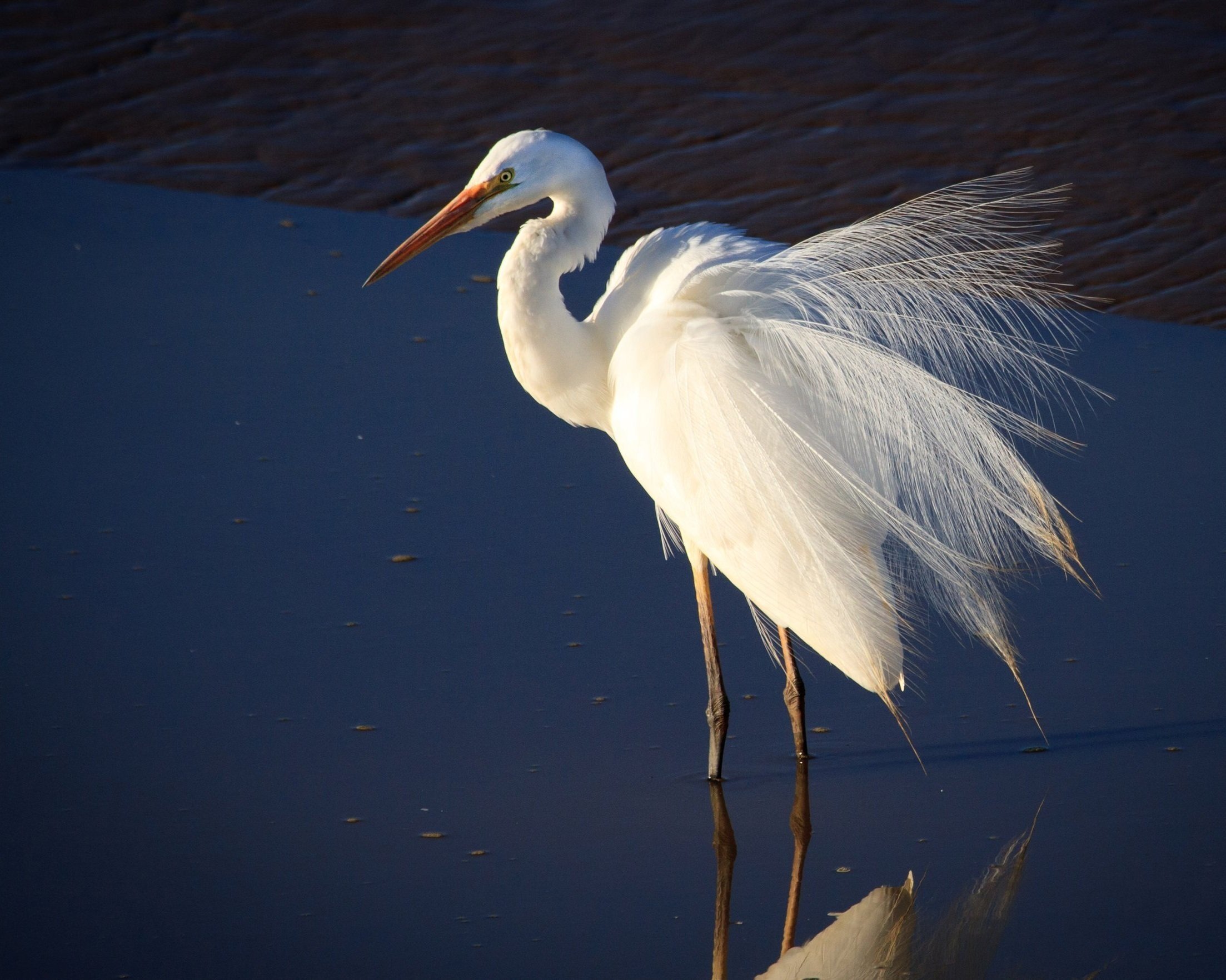
Strategic direction
The Tamar Estuary and Esk Rivers (TEER) Program builds foundational knowledge and coordinates planning that underpins substantial investment to improve the health of the Kanamaluka / Tamar estuary.
The role of the TEER Program
TEER’s role is to improve our scientific understanding of the issues impacting the health of the TEER waterways so that we can better identify and target priority areas requiring on-ground action.
Specifically the TEER Program:
Is an honest broker and a collective reference point
Facilitates collaborative partnerships by working closely with a range of stakeholders
Supports decision makers by improving scientific understanding and providing information on waterway health and improvement opportunities
Curator of a body of knowledge by monitoring and reporting on waterway health
Improves the knowledge of the values, function and condition of the TEER waterways by communication and education.
The TEER Program achieves its objectives through three future direction pathways:
1. Work together to integrate governance, planning, and management.
2. Understand and advise on waterway health.
3. Build community knowledge and awareness.
TEER fosters collaborative approaches and works closely with a range of industry, community, government, research and business partners to monitor and report on waterway health as well as developing strategies and coordinating activities to reduce pollutants entering waterways.
TEER Program works also provides support to the Tamar Estuary Management Taskforce (TEMT) through scientific evidence based actions. TEMT has responsibility for developing policy recommendations and prioritising investment for management of the Kanamaluka / Tamar estuary and its catchment.
The vision of the TEER Program is:
To be a trusted and respected provider of science and evidence that informs decision making to recognise protect, restore and enhance the values of the Kanamaluka / Tamar estuary and its rivers, from catchment to coast working and walking together with traditional owners and custodians.


